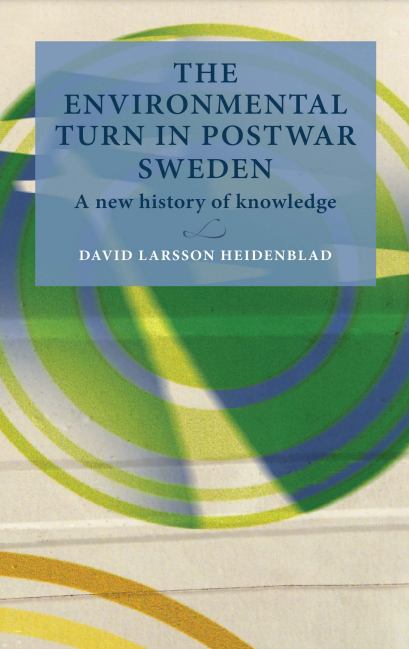The environmental turn in postwar Sweden
Editorial: Lund University Press
Licencia: Creative Commons (by)
Autor(es): Larsson, David
This book tells the story of how modern environmentalism emerged in postwar Sweden. It shows that the ‘environmental turn' in Sweden occurred as early as the autumn of 1967 and that natural scientists led the way. The most influential was the chemist Hans Palmstierna, who was both an active Social Democrat and a regular contributor to the nation's leading morning paper. Thus, he had a unique platform from which to exert influence. Drawing on his rich and previously untapped personal archive, the book explores how popular environmental engagement developed in Sweden. The book also highlights the journalist Barbro Soller, who in the mid-1960s became Sweden's - and indeed one of the world's - first environmental journalists. Moreover, it demonstrates how the pioneering historian Birgitta Odén, in collaboration with the Swedish National Defence Research Institute, sought to launch an interdisciplinary research programme based in the humanities and the social sciences as early as 1967-1968. An important conclusion of the book is that environmentalism emerged in Swedish society before there was an actual environmental movement. However, from 1969 onwards new social movements began to alter the dynamics. Hence, by the time the United Nations arranged the Stockholm Conference on the Human Environment in June 1972, environmental knowledge had become a source of conflict between rival interests. The environmental turn in postwar Sweden is the first full-length study to emerge from the Lund Centre for the History of Knowledge (LUCK), and demonstrates how its specific take on the history of knowledge enhances historical scholarship.
[Lund: 2021]
Compartir:
Una vez que el usuario haya visto al menos un documento, este fragmento será visible.


